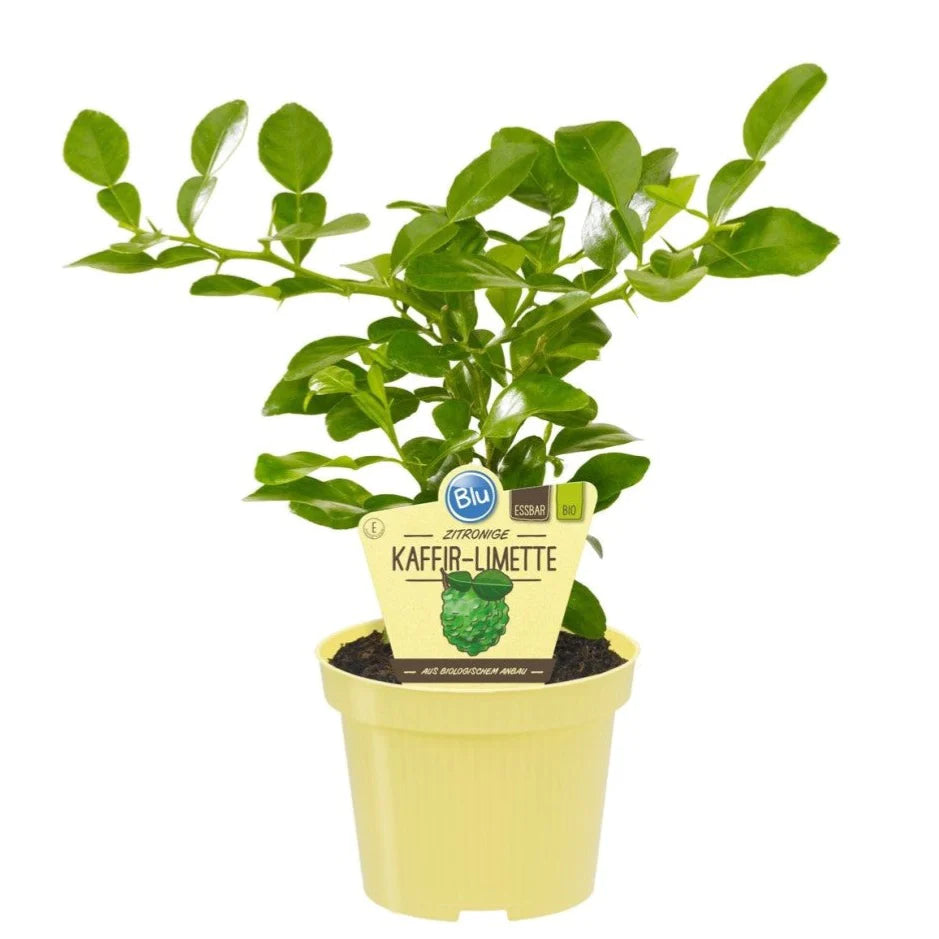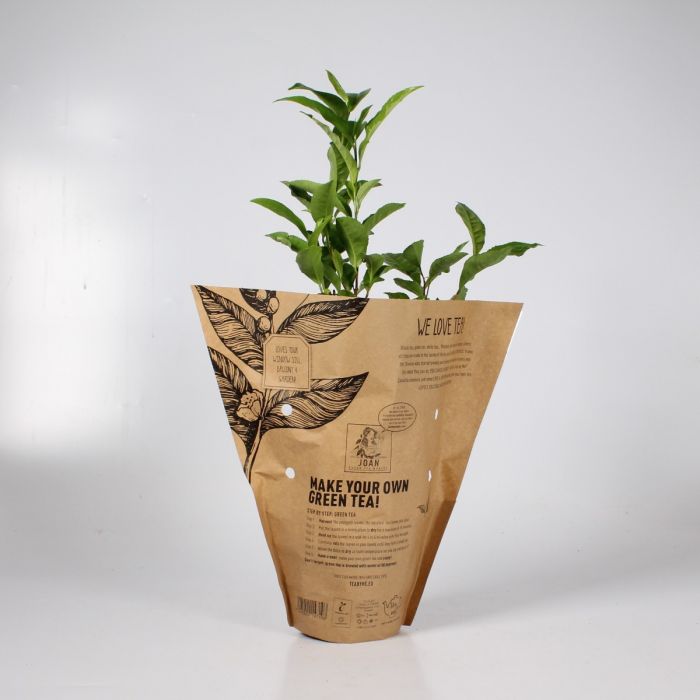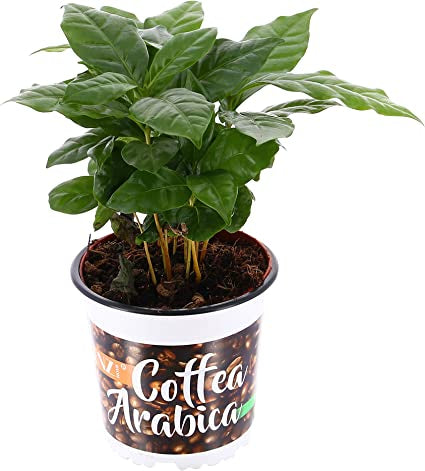Your Cart is Empty
FREE DELIVERY OVER £60
FREE DELIVERY OVER £60
PLANTS & FLOWERS
Office plants & Services
EXTERIOR PLANTING
CHRISTMAS TREES AND DISPLAYS
The best office plants that will improve your workplace
6 min read

Office plants can turn an ordinary working environment into a place filled with life, energy, tranquility and cosy feeling.
Adding plants to your office environment provides a lot of benefits, for instance, it helps to improve the mood of employees, increase productivity and performance. In office spaces, shopping centres, hospitals and hotels, indoor plants are used strategically to reduce stress and turn the usual sterile, utilitarian environment into something lively and exciting.
Caring for these green natures habitats requires constant attention and extensive experience. Ultimately, you need plants that will fit well into the office environment and will not require painstaking and complex care.
If you decide to just install several office plants displays or would like to update your working environment, this guide will help to choose the right indoor plants for business offices.
Overview: the best office plants
This guide contains instructions for growing and caring for ultimate low maintenance office plants that do not require much light. For the workspace, we recommend the following:
Sansevieria
Zamioculcas
Epipremnum
Dracaena
Anthurium
Ficus
Fern
Spathiphyllum
Philodendron
Office plants that do not require much light
Even in the modern open-plan offices there could be lack of natural light, especially in densely built up areas where buildings are nearby preventing enough daylight reaching the indoor plants. Although office landscaping for low light areas is possible, finding effective ways to overcome these conditions and finding plants that can grow without full sunlight is not easy.
Sansevieria and Zamioculcas are common sights in office environment and appealing to the eye as strong plants that do not require much light to survive in any office environment. Both plants have juicy elastic leaves and do not require much attention.
Sansevieria
Sansevieria grows upright, compact, does not create a mess and can be neatly placed on a table or in an office. (Some plants can grow several feet tall, so choose your size wit’s that in mind.) The soil should dry out completely between waterings, and in winter it can be watered once a month. These plants thrive in the absence of direct sunlight and will grow well (albeit slightly slower) in darker conditions with very little light.
Zamioculcas
Zamioculcas creates the feeling that you are in a paradise: fern-shaped leaves of deep, succulent green colour. However, low light is great for Zamioculcas, which cannot tolerate direct sunlight and needs additional watering if it is too close to windows.
Zamioculcas will grow to several feet under office lighting at a controlled temperature of 60 to 75°F. Water Zamioculcas only when the soil feels dry to the touch. It is also important to ensure proper drainage at the bottom of the pot to reduce the risk of rotting.
Easy-to-care plants for the workplace
If you want to decorate your personal space, pay attention to popular table plants such as dracaenas and chlorophytum commonly known as spider plant. Care should be taken when watering them, but they can grow in low light on office desk, office cabinet, conference room etc. If you need bright colours, try anthuriums thay are more hardier than orchids and are great plants that bloom all year round.
Dracaena
Dracaena plants can be grown in soil or in water. Those that are grown in water, their water should be changed at least once a week to avoid rotting. For those growing in the soil, should be watered rarely with only small amounts off water and fertilised once every 3 months only.
Chlorophytum
Try not to place chlorophytum in direct sunlight, as this will lead to discolouration and slow growth. These plants are ideal for office premises, as they do not require much light, and they grow well at temperatures from 55 to 80°F. It is best to keep the soil moist and prevent the plant from drying too much between watering, and in the summer months you can fertilise spider plants up to twice a month.
Anthurium
Anthuriums do not require special care, bloom all year round if all conditions are met, and have small flowers of simple red, pink, white, purple and yellow colours. These plants can survive in low light conditions, but more colourfull blooms will appear in moderate indirect sunlight. Fertilise the anthurium every few months and let the soil dry between watering. Anthurium is a highly decorative plant for office workplace.
Large floor plants for offices that fill common spaces with artistic meaning
Floor plants will fit perfectly into the corner and brighten the meeting rooms. They can be used as open-plan office room dividers that partition office space or as a feature display at the end of table rows. Benjamin ficus and spatiphyllum are hardy plants that grow well in limited office lighting. They need to be cut regularly (these plants just continue to grow), and their juicy green leaves add natures freshness to the room.
Ficus benjamina
Ficus benjamina grows best in indirect sunlight and doesn't like to be moved - it's best to find it a spot relatively close to an east-facing window and keep it there. Keep the soil moist, but do not over-water, fertilize ficus regularly in spring and summer. Ficus benjamina sheds leaves in a state of stress, if that happens it is recommended to add a little magnesium and manganese to the fertilizer.
Spatiphyllum
Spatiphyllum or peace lily is not picky when it comes to lighting, and can survive under office fluorescent lights in the absence of direct sunlight. Water the plant weekly in summer and less often in winter. When the leaves begin to fall, it is a sign that the plant is thirsty, and it's time to water the soil and spray the leaves. These plants love humidity, so try to maintain soil moisture and keep them away from office heaters and air conditioners.
Care-free plants that will decorate your office.
Mantaining office plants should not be complicated and just be a regular routine. There are a number of solutions that do not require special care - whether it's small pots on office desks and cabinets or larger plants on the office floor. A good solution for low maintenance greenery are succulents and epipremnums.
Succulents
For a direct sun location the easy care plants solution are succulents. Adept to dry and full sun succulents will thrive on the office windowsills. Do not spray succulents with water - if dust gathers on the leaves, it is better to wipe them gently with a damp cloth. Succulents love sunlight, and it is best to place them on the windowsill or table with direct sunlight. Don't forget to turn planterns with succulents about once a week so that enough sunlight falls on every part of the plants.
It's time to water the succulent if the first inch of soil is dry to the touch or approximately once every 10-14 days. (This should be done more often in the summer). Terracotta pots are ideal for growing succulents, and their rustic colours add aesthetics.
Epipremnums add lush jungle foliage to office space
Epipremnum grows best in indirect sunlight, it can be in low light conditions and requires minimal care. (It's not for nothing that he's called "devil's ivy" - it is almost indestructible). This plant does not require regular watering, and it must dry completely between watering. If the leaves have drooped a little, it's time to water. You shouldn't worry too much about fertiliser either, a monthly dose of ordinary fertiliser for houseplants usually does its job.
Office plants for creating vertical gardens
It is very trendy in the city living to grow plants vertically. Ferns are ideal for vertical gardens, as they are durable, unpretentious and resistant to humidity changes. For hanging plants, philodendrons are a great option. They hang from the hanging pots on the walls pot right to the floor.
Fern
Ferns grow in ambient sunlight, and it is best to place them next to the window through which sunlight penetrates in the morning or afternoon. Choose a sand mixture with good drainage properties so that the roots do not rot, but monitor humidity, watering little by little every day. Ferns love humidity, they should be regularly sprayed with water and kept away from ventilation holes and heaters.
Philodendron
Philodendron plants are undemanding and easily adapt to most conditions. They can be moved around the office, any location, and there will be no signs of exhaustion. Ideally, it is best to keep the philodendron where there is enough indirect natural light but if it has a spot with not much light just move it once a month for a bit of sunlight therapy for a few days and it will still be happy. Watering can be irregular and infrequent - the top layer of soil should dry completely between watering by one and a half centimetres. Similar to spathiphyllum, philodendrons will let you know when it needs a drink: their leaves will begin to fall. If your philodendron grows slowly and throws out pale leaves, add a dose of calcium and magnesium to the fertiliser.
Whether you decorate your just your desk, or the entire office, these plants are perfect for filling your working day with greenery. And thanks to the direct connection with the productivity and general wellbeing of the employees, plants benefits in the workplace are not limited to aesthetics.
Leave a comment
Comments will be approved before showing up.
Subscribe
Sign up to get the latest on sales, new releases and more …













































